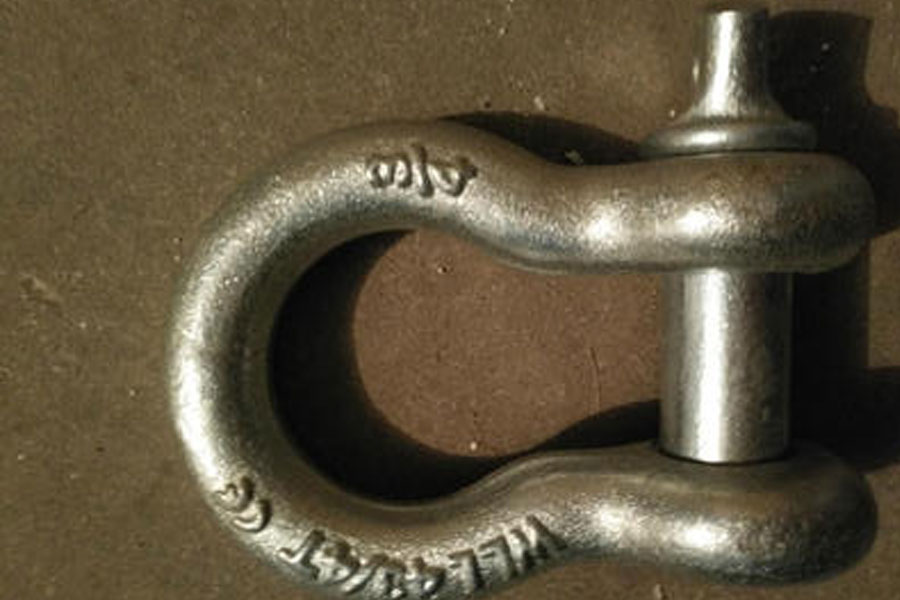Industrial aluminum profiles will produce a lot of waste water during surface treatment, and there are certain harmful substances in the wastewater to be discharged. If it is not treated, it will have a certain impact on the environment. What are the waste water treatments for industrial aluminum profiles? Technology, let’s learn more about it below.
1. Sources and types of aluminum profile surface treatment wastewater
Waste water from surface treatment of aluminum profiles includes pre-treated degreasing and neutralizing acid water wash, alkaline water wash after alkaline corrosion, acid water wash after acid etching, acid water wash after oxidation, and colored Ni2+, Sn2+, Acidic water washing water, waste acid and waste alkali generated by electrophoresis paint ion exchange device and a small amount of electrophoresis paint wastewater.
2. Measures to reduce the discharge of waste water and waste liquid
The methods to reduce waste water and waste liquid are to reasonably control the water control time and the charging angle to reduce the amount of trough liquid carried out, and try to use two-stage and three-stage countercurrent rinsing to reduce water consumption. The water wash after acid etching and degreasing is used for washing after alkali corrosion, and the water wash after oxidation is used for washing after acid etching and degreasing. In addition, in order to reduce or avoid the discharge of waste water and waste bath liquid, the production line should design and use various recovery devices, such as acid etching recovery device, alkali etching recovery device, anodized aluminum removal device, coloring liquid RO recovery device, electrophoretic paint RO Recycling devices, the use of these recycling devices can reduce the amount of waste water and waste liquid discharge to a greater limit, while also greatly reducing the production cost.
3. The principle and method of aluminum profile surface treatment wastewater treatment
The waste water generated by the surface treatment of aluminum profiles is mainly acid-base waste water, which contains a small amount of harmful anions and cations such as Ni2+, Sn2+, F-, etc. The treatment method is acid-base neutralization. The wastewater is generally acidic and must be neutralized by adding alkali to adjust the pH to about 7-8.5. At the same time, during the neutralization process, cations Al3+, Ni2+, Sn2+, Cr3+, etc. all form hydroxide precipitates. After the neutralization and precipitation, the wastewater is pumped into the coagulation tank, and the quantitative pump is used to pump the dissolved polyamide flocculant and the wastewater to coagulate. After coagulation, the wastewater enters the sedimentation tank. The sedimentation methods include inclined plate sedimentation and air floatation. Method, centrifugal sedimentation method, etc., the author believes that the centrifugal sedimentation method is relatively stable. After sedimentation, the clear liquid overflows from the upper overflow port and enters the discharge tank or the reprocessing reservoir.
The wastewater after the above treatment can be discharged up to the standard. If the wastewater is to be reused, the wastewater at this time can be subjected to rough filtration and then enter the RO device for treatment to remove excess anions, cations and organic matter. The pH value of the water at this time may be low , Can be adjusted to meet the reuse standard after anion and cation exchange device. The sludge produced by the sedimentation is discharged into the sludge pond periodically, and is processed into industrial waste slag after being processed by a plate press or belt dehydrator, and then sent to an industrial waste slag treatment plant.
